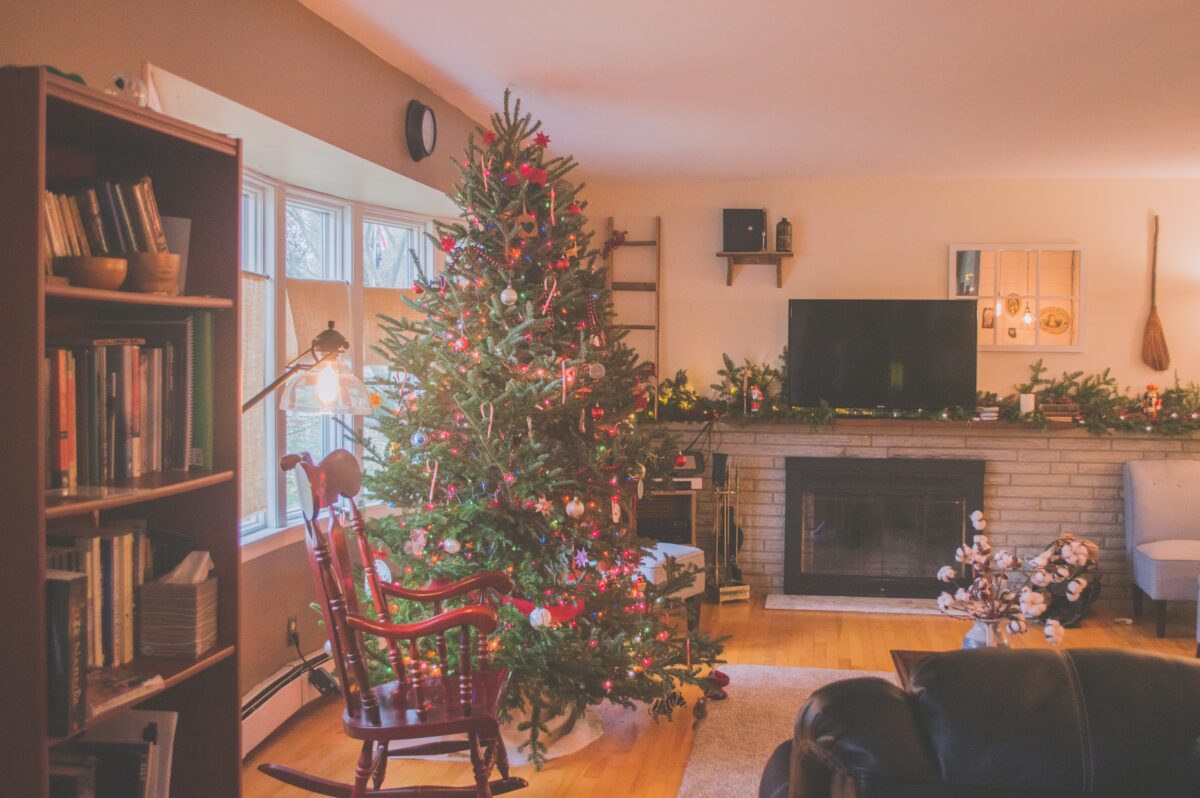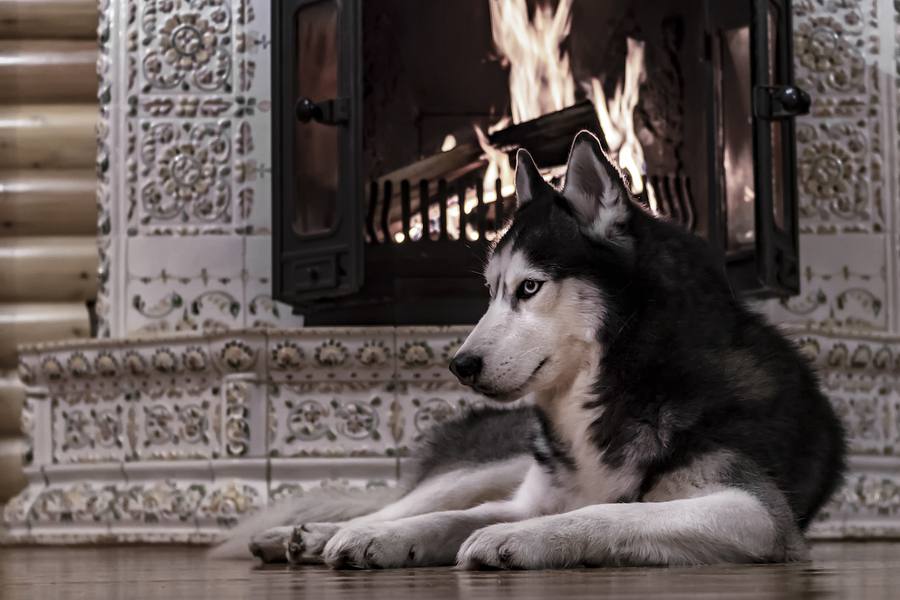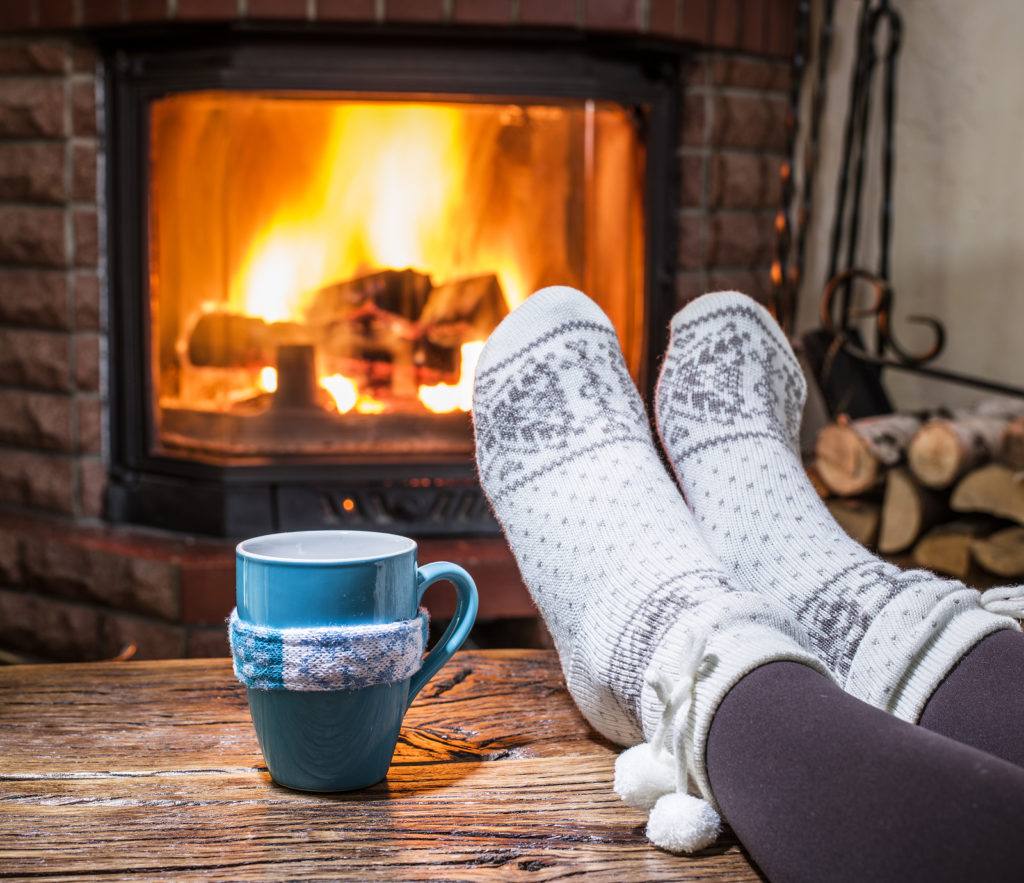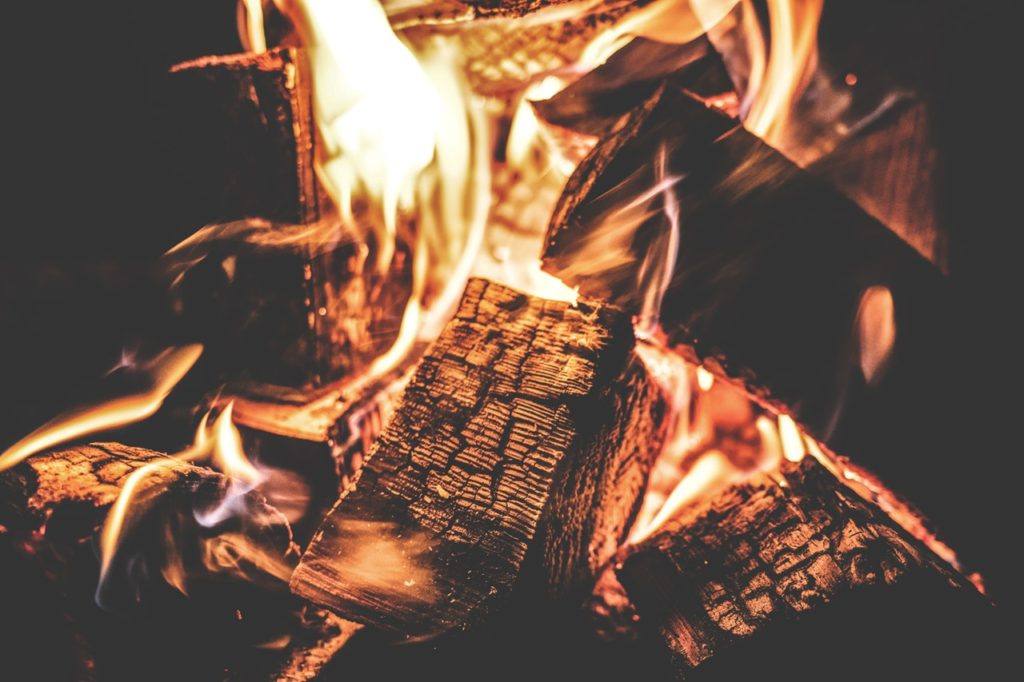The holidays are a season of laughter, warm mugs, and the crackling sound of wood in the fireplace which is why it is is important to ensure Chimney Fire Safety. As the holiday spirit surrounds us, it’s easy to get swept up in the festivities. But before the stockings are hung by the chimney with care, your fireplace demands some serious attention.
Here’s a heart-to-heart on prepping your chimney and fireplace for upcoming celebrations, so your warm fire is a source of joy – not jeopardy.
The Warm-up: Understanding the Risks
Stray Sparks
A wayward spark can turn a festive night around the fireplace into a disaster. According to the NFPA, municipal fire departments in the US responded to an estimated annual average of 44,210 home structure fires caused by heating equipment in 2016–2020. It’s a sobering reminder of what’s at risk without proper fireplace maintenance.
Carbon Monoxide Buildup
Carbon monoxide (CO) is the ghost of fires past. Odorless and colorless, it’s a holiday crasher you won’t detect until it’s too late. Improper ventilation or a clogged chimney can lead to CO buildup.
Deck the Halls, Not the Hearth: Safety Preparations
Chimney Fire Safety Tip: Clean the Chimney
Creosote buildup in your chimney is a hidden hazard. It’s flammable, and excessive accumulation is like an open invitation to a chimney fire.
Chimney Fire Safety Tip: Regularly Clean the Fireplace
Accumulated ash and bits of wood can easily catch a spark and lead to unwanted fires. Regular cleaning of the fireplace can prevent this. However, never use a vacuum to clean up fresh ashes, as live coals may remain in the ashes and can be a fire hazard.
Chimney Fire Safety Tip: Check the Alarms
Your smoke and carbon monoxide detectors are absolute musts of fire safety. Test them. Then test them again.
Chimney Fire Safety Tip: Cap Your Chimney
A chimney cap with a wire mesh can prevent larger embers from escaping your chimney and landing on your roof or yard, potentially causing fires.
Chimney Fire Safety Tip: Keep a Fire Extinguisher Nearby
In case stray sparks do escape and start a fire, having a fire extinguisher on hand is essential. Make sure it’s suitable for indoor use and that you know how to operate it.
Chimney Fire Safety Tip: Installing a Fireplace Screen
Curious toddlers and family felines needn’t know the heat of holiday hazards. An easy-to-install, decorative fireplace screen stands as a firm guard against the curiosity of tiny hands or paws, keeping the live action at a safe distance.
Smart Burning Tips
Chimney Fire Safety Tip: Choose Your Wood Wisely
The kind of wood you burn matters. Seasoned hardwood, like oak or maple, burns hotter and cleaner. Green or wet wood, on the other hand, creates more smoke, spits sparks, and causes creosote buildup.
Chimney Fire Safety Tip: Control Your Fire Size
A roaring fire is a sight, but let’s leave the extravagance to the fireworks. Smaller, controlled fires are consistent, enduring, and less likely to result in unforeseen sprints to safety. They require less fuel, minimize creosote buildup, and reduce spark hazards, ensuring your holiday remains lit for all the right reasons.
Chimney Fire Safety Tip:Properly Arrange the Logs
Place the logs at the back of the fireplace on a metal grate. Use a fireplace grate to lift the wood off the chimney floor and allow for better circulation, but make sure logs are stable and won’t roll out.
Chimney Fire Safety Tip: Keep the Hearth Clear
Although stockings look festive dangling above the fire, they’re a spark away from turning your festivities frosty. Maintain a clear, non-combustible zone around the fireplace.
Wrapping It Up: Before Santa Slides Down
Chimney Fire Safety: Extinguish with Care
As the evening ebbs, remember that coals maintain their heat well after the flames have subsided. Before calling it a night, ensure the fire is thoroughly extinguished. Refrain from using water, as it instantly converts to steam upon touching hot coals, potentially causing burns. Opt instead for a gentle dusting of sand or baking soda over the coals, effectively smothering them by cutting off their oxygen supply.
Sweeping Up the Ashes
The morning after, cleaning the ashes is as important as setting up the tree. Not just because you’ll want to keep a clean fireplace for Santa—it’s about sustaining the health and safety of your household. Once you’re certain the ashes have cooled — typically waiting at least 12 hours ensures this — it’s time to sweep them up.
While the DIY spirit is commendable, some things are best left to professionals – like dental checkups, tuning grand pianos, and cleaning chimneys. As the holiday season beckons, The Irish Sweep invites you to secure your peace of mind with a professional fireplace inspection and cleaning. Because the greatest gift you can give your family is safety. Contact The Irish Sweep, and light up your holidays the right way. Cheers to safe, warm, and unforgettable celebrations! 🔥✨






